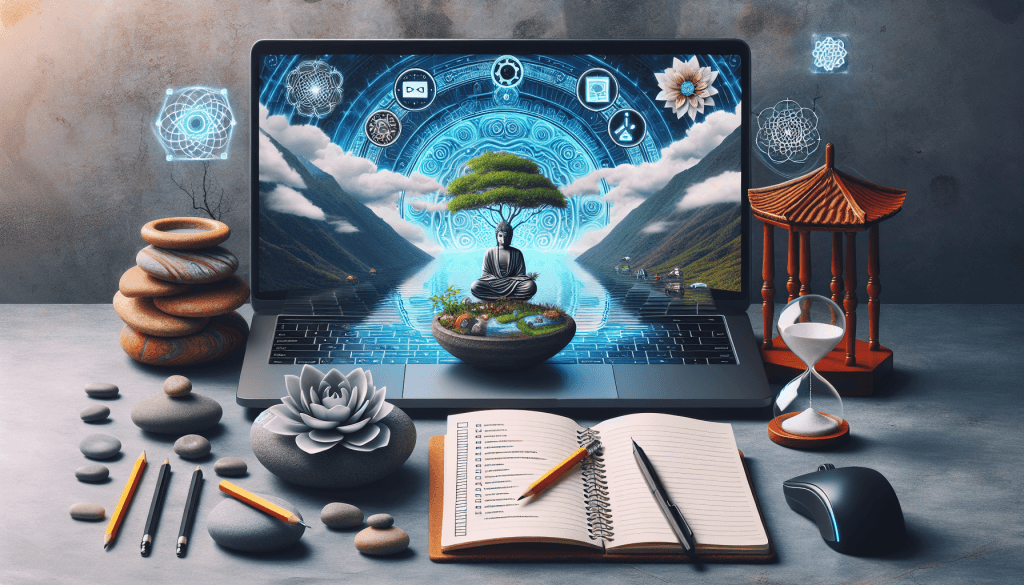In today’s fast-paced digital world, digital distractions are like pesky mosquitoes buzzing around your head, constantly vying for your attention. They can sneak up on you when you least expect it, pulling you away from important tasks and leaving you feeling frazzled and unproductive. But fear not! By understanding these distractions and learning how to manage them, you can reclaim your focus and boost your productivity. Keep reading to discover practical techniques that will help you swat away those distractions and get back on track.
Key Takeaways
- Digital distractions can significantly impact productivity and stress levels.
- Identifying personal distraction triggers is crucial for effective management.
- Customizing notification settings and using “Do Not Disturb” features can help.
- Setting internet-free times and using internet blocking tools are effective strategies.
- Creating a focused work environment and incorporating breaks can enhance productivity.
- Utilizing productivity tools and setting clear goals can keep you motivated.
Understanding Digital Distractions
Definition and Examples
Digital distractions are interruptions that stem from electronic devices, such as smartphones, computers, and tablets. They include social media notifications, email alerts, and the endless rabbit hole of online content. These distractions can be as tempting as a cookie jar left open on the kitchen counter, beckoning you to take just one more peek.
Impact on Productivity
Decreased Efficiency
When you’re constantly interrupted by digital distractions, your efficiency takes a nosedive. It’s like trying to run a marathon with a pebble in your shoe—every step is a struggle, and your progress is painfully slow.
Increased Stress Levels
The constant barrage of notifications can also lead to increased stress levels. It’s like having a never-ending to-do list that keeps growing, leaving you feeling overwhelmed and anxious. Learn more about the impact of digital detoxes on stress and anxiety.
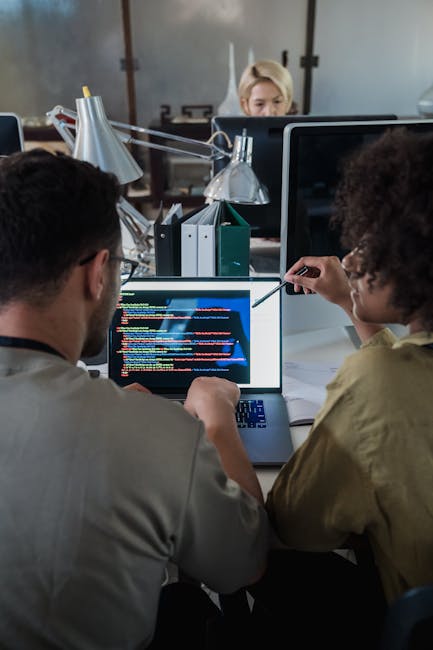
Identifying Personal Distraction Triggers
Self-Awareness Techniques
Keeping a Distraction Diary
Start by keeping a distraction diary. Jot down every time you get sidetracked and note what caused it. This will help you identify patterns and triggers, much like a detective solving a mystery.
Analyzing Patterns
Once you’ve gathered enough data, analyze the patterns. Are you more prone to distractions at certain times of the day? Do specific apps or websites lure you away from your tasks? Understanding these patterns is the first step in regaining control.
Common Digital Distractions
Social Media
Social media is a major culprit when it comes to digital distractions. It’s like a siren’s call, luring you in with the promise of endless entertainment and connection. Explore more about managing social media distractions.
Email Notifications
Email notifications can also be a significant source of distraction. Each ping is like a tap on the shoulder, pulling your attention away from what you’re doing. Discover ways to manage email distractions.

Techniques for Managing Notifications
Customizing Notification Settings
Prioritizing Important Alerts
Customize your notification settings to prioritize important alerts. This way, you won’t miss crucial information, but you won’t be constantly interrupted by less important notifications either.
Disabling Non-Essential Notifications
Disable non-essential notifications to reduce distractions. It’s like putting up a “Do Not Disturb” sign on your digital door.
Using Do Not Disturb Features
Most devices have a “Do Not Disturb” feature that allows you to block all notifications for a set period. Use this feature during focused work sessions to maintain your concentration.

Limiting Internet Use
Setting Internet-Free Times
Scheduled Breaks
Schedule specific times during the day when you’ll disconnect from the internet. Use these breaks to recharge and refocus, much like taking a pit stop during a long drive.
Focused Work Sessions
During focused work sessions, limit your internet use to only what’s necessary for the task at hand. This will help you stay on track and avoid getting sidetracked by unrelated content.
Using Internet Blocking Tools
Popular Apps and Extensions
There are several apps and browser extensions designed to block distracting websites. These tools act like a digital bouncer, keeping unwanted distractions at bay.
Configuring Settings
Configure these tools to block specific sites during work hours, allowing you to concentrate on your tasks without temptation.
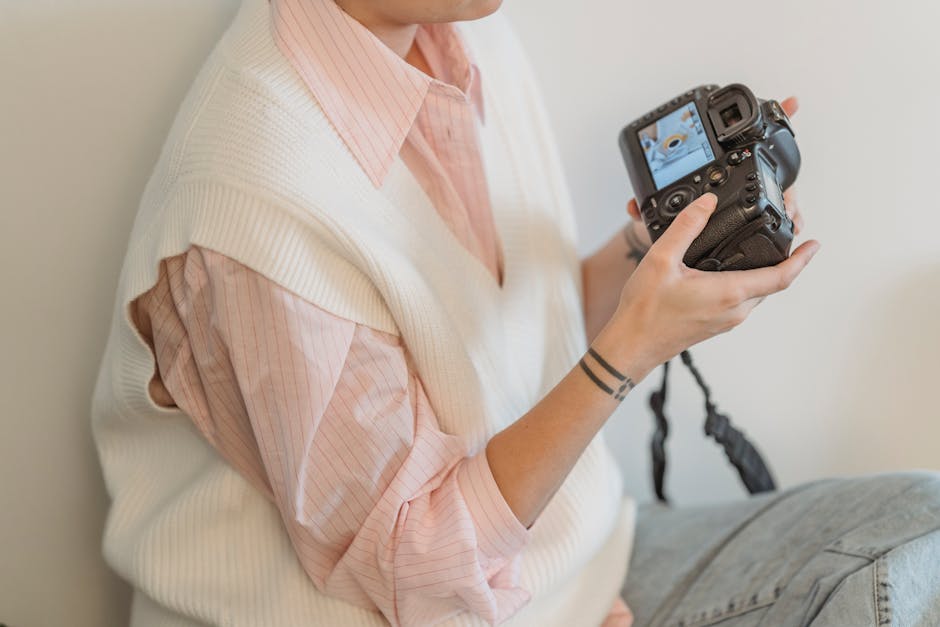
Creating a Focused Work Environment
Removing Physical and Digital Clutter
Organizing Workspace
A cluttered workspace can be just as distracting as digital interruptions. Keep your desk tidy and organized to create a calm and focused environment.
Closing Unnecessary Tabs
Close unnecessary tabs on your computer to reduce digital clutter. It’s like clearing the table before starting a new puzzle.
Establishing Communication Boundaries
Setting Availability Times
Set specific times when you’re available for communication, and let others know your schedule. This will help you manage interruptions and maintain your focus.
Using Auto-Responses
Use auto-responses to let people know when you’re unavailable. This way, you can concentrate on your work without feeling guilty about not responding immediately.
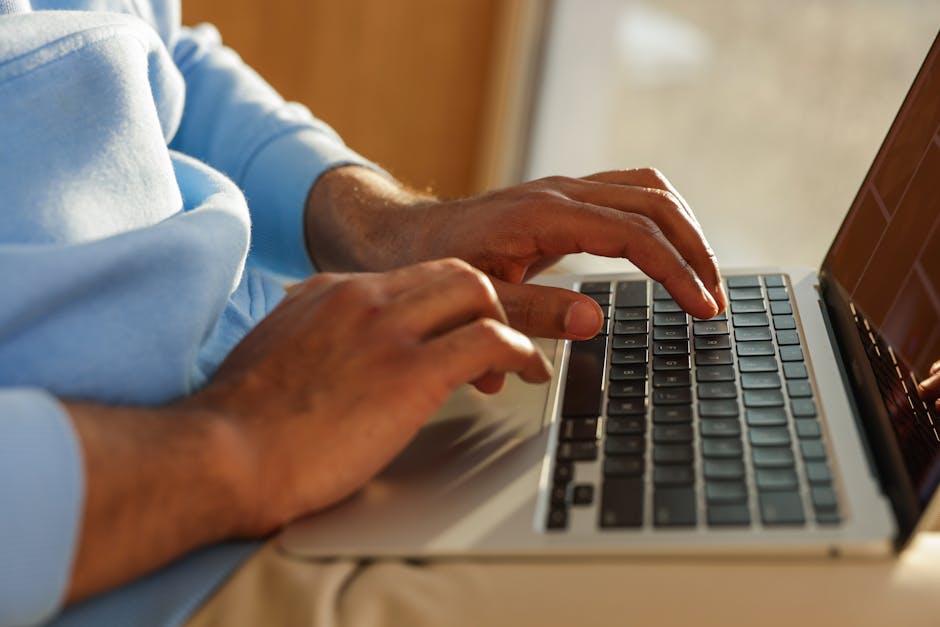
Incorporating Breaks and Downtime
Scheduled Distraction Breaks
Benefits of Short Breaks
Taking short breaks can actually boost your productivity. It’s like hitting the refresh button on your brain, allowing you to return to your tasks with renewed energy.
Activities to Refresh Mind
Engage in activities that refresh your mind during breaks, such as stretching, meditating, or taking a walk outside. These activities can help clear your mind and reduce stress.
Digital Detox Strategies
Weekend or Evening Detox
Consider implementing a digital detox during weekends or evenings. This will give your mind a break from constant digital stimulation and help you recharge.
Reducing Screen Time
Aim to reduce your overall screen time by setting limits on device usage. This will help you maintain a healthy balance between digital and offline activities. Learn more about screen time moderation.
Utilizing Productivity Tools
Task Management Apps
Features to Look For
Look for task management apps that offer features like reminders, deadlines, and collaboration tools. These apps can help you stay organized and on top of your tasks.
Popular Options
Popular task management apps include Todoist, Trello, and Asana. These tools can help you manage your workload and keep distractions at bay.
Time Management Techniques
Pomodoro Technique
The Pomodoro Technique involves working in short bursts, followed by brief breaks. This method can help you maintain focus and prevent burnout.
Time Blocking
Time blocking involves scheduling specific blocks of time for different tasks. This technique can help you allocate your time effectively and minimize distractions.
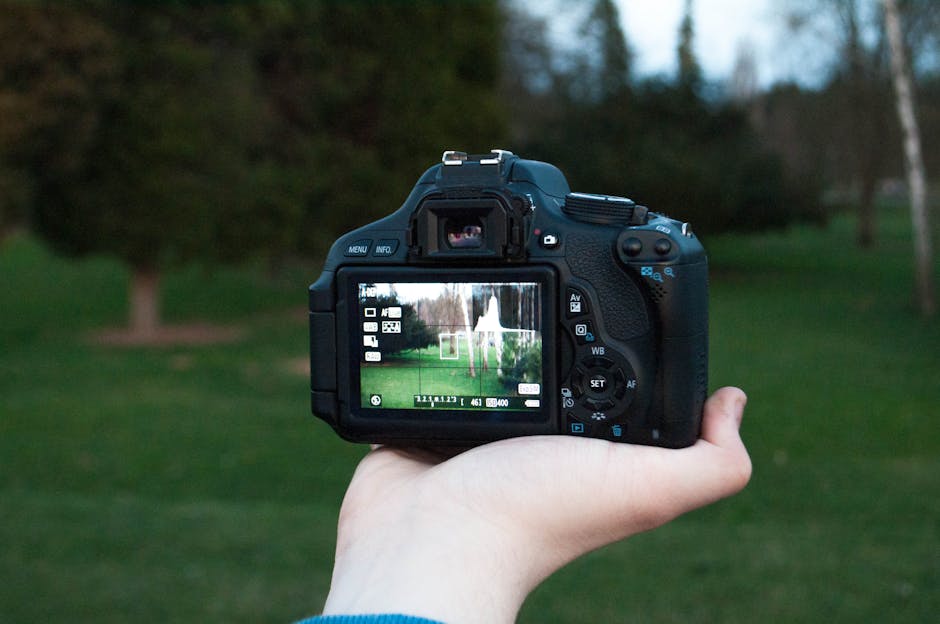
Setting Goals and Planning Time
Defining Clear Objectives
Short-Term vs Long-Term Goals
Set clear objectives by distinguishing between short-term and long-term goals. This will help you prioritize tasks and stay focused on what’s important.
Aligning Tasks with Goals
Align your daily tasks with your goals to ensure you’re making progress towards your objectives. This will help you stay motivated and on track.
Creating a Daily Schedule
Prioritizing Tasks
Prioritize your tasks by importance and urgency. This will help you focus on what needs to be done first and avoid getting sidetracked by less important tasks.
Allocating Time Blocks
Allocate specific time blocks for each task to ensure you have enough time to complete them. This will help you manage your time effectively and reduce distractions.
Motivating and Inspiring Yourself
Setting Personal Rewards
Incentives for Task Completion
Set personal rewards as incentives for completing tasks. This will give you something to look forward to and keep you motivated.
Celebrating Small Wins
Celebrate small wins along the way to boost your morale and keep you motivated. It’s like giving yourself a pat on the back for a job well done.
Finding Inspiration Sources
Inspirational Content
Seek out inspirational content, such as books, podcasts, or videos, to keep you motivated and inspired.
Role Models and Mentors
Find role models and mentors who can guide and inspire you on your journey. Their wisdom and experience can help you stay focused and motivated.
By understanding and managing digital distractions, you can reclaim your focus and boost your productivity. Remember, it’s not about eliminating distractions entirely, but rather learning how to manage them effectively. With these techniques in your toolkit, you’ll be well on your way to a more focused and productive life.
Mastering Focus: Your FAQ Guide to Techniques for Managing Digital Distractions
What are digital distractions and why are they a problem?
Digital distractions refer to interruptions caused by digital devices such as smartphones, computers, and tablets. They can lead to decreased productivity, increased stress, and difficulty in maintaining focus on tasks. Understanding their impact is crucial for managing them effectively.
How can I identify my main sources of digital distractions?
Start by tracking your digital activity using apps or built-in tools on your devices. This will help you identify patterns and specific apps or websites that consume most of your time. Once identified, you can take steps to minimize their impact.
What are some effective techniques to minimize digital distractions?
Techniques include setting specific times to check emails and social media, using apps that block distracting websites, and creating a designated workspace free from digital interruptions. Establishing clear boundaries can significantly reduce distractions.
How can I use technology to help manage digital distractions?
There are numerous apps designed to help manage digital distractions, such as Focus@Will, Freedom, and StayFocusd. These tools can block distracting sites, set focus timers, and track your productivity, helping you stay on task.
What role does time management play in reducing digital distractions?
Effective time management can help allocate specific periods for focused work and breaks, reducing the temptation to check digital devices impulsively. Techniques like the Pomodoro Technique can be particularly useful in maintaining focus and managing time efficiently.
Can mindfulness help in managing digital distractions?
Yes, practicing mindfulness can enhance your awareness of digital habits and improve your ability to focus. Techniques such as meditation and mindful breathing can help you become more conscious of your digital consumption and make intentional choices.
How can I set boundaries with digital devices to reduce distractions?
Setting boundaries involves creating rules for when and how you use digital devices. This could include turning off notifications during work hours, setting specific times for checking social media, and keeping devices out of the bedroom to ensure restful sleep.
What is digital detox and how can it help in managing distractions?
A digital detox involves taking a break from digital devices to reduce stress and improve focus. It can help reset your relationship with technology, allowing you to return with a more mindful approach to digital consumption.
How can I encourage a distraction-free environment in the workplace?
Encourage a culture of focus by setting clear expectations around digital device use, providing quiet spaces for deep work, and promoting regular breaks away from screens. Collaborative tools can also help streamline communication and reduce unnecessary digital interruptions.
Are there any long-term benefits to managing digital distractions effectively?
Yes, effectively managing digital distractions can lead to improved productivity, better mental health, and enhanced focus. Over time, these benefits contribute to a more balanced and fulfilling personal and professional life.
